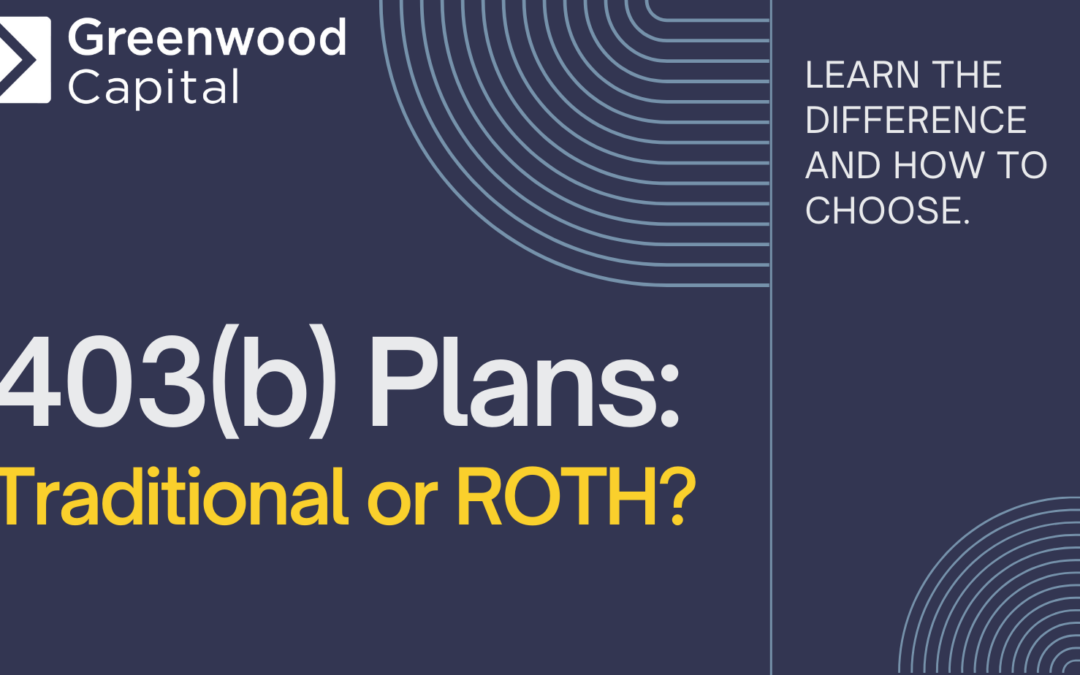Our life expectancy has increased at a steady pace over the years and is expected to continue increasing. According to the U.S. Census Bureau, the average 65-year-old American can expect to live another 19.6 years. This means that in addition to planning for more birthday candles on your cake, you will also need to plan for the increased costs of a longer retirement.
As you plan your retirement, the first step is to estimate your expenses. This will determine how much income you will need to replace when you stop working. While it can be simple to consider how much your utilities or mortgage cost, many people do not account for their healthcare costs properly. There are two major factors to be aware of: healthcare coverage and long-term-care coverage.
HEALTHCARE
Most Americans have healthcare coverage through their (or their partner’s) employer. Of course, as you approach retirement, most people will opt to use Medicare: the federal health insurance coverage for people who are 65 and older.
If you plan to retire early, be aware that you may be ineligible for Medicare, and will have to budget for private insurance. On the other hand, if you delay retirement, you may have access to your company-sponsored health insurance for as long as you continue working.
Enrollment
Unless you still have employer-sponsored coverage, you have a seven-month window to sign up for Medicare, consisting of the three months prior to your 65th birthday, the month of your birthday, and the three months after. There is a late-enrollment penalty of 10% for every 12-month period you do not enroll. The same enrollment window applies to Medicare Part D and Medicare Advantage plans. Please note that waiting until the last few months of your initial enrollment period to sign up could delay coverage.
For Medicare Supplement (Medigap) plans, you have a 6-month “guaranteed issue” window upon turning 65 to enroll in a plan without facing increased costs due to your medical history.
Medicare’s Various Parts
Medicare is not just one program. It includes many parts, starting with Parts A and B, known as original Medicare.
| Name | Coverage | Cost |
| Part A | Hospital Stays | No premium for those who have accumulated at least 40 work credits (roughly 10 years of full-time employment) during their careers |
| Part B | 80% of outpatient services such as doctor visits and lab work | Premiums are income based |
| Part D | Prescription drug costs. The coverage you choose should be based on the medications you take and should be reviewed yearly | Available through private insurers |
| Medigap | Supplemental plans cover the many “gaps” in Medicare coverage such as deductibles, copayments, and limits. | There are 10 standard types, each providing a different level of coverage: the more comprehensive the coverage, the higher the premium. |
Medicare has become a complex program with many rules, regulations, and moving parts. However, it is the backbone of retiree healthcare coverage. Careful planning can help you lower your cost and choose the best options for you. Reach out to your advisor if you have any questions about Medicare and how it will change your financial plan.
LONG TERM CARE
It can be hard to accept that your health might decline, but statistics suggest that approximately 70% of Americans will need some type of long-term care services at some point during our lifetimes after we reach age 65. And, on average, women will need care for longer than men, 3.7 years versus 2.2 years.
Planning for long-term care is a crucial step as you plan for retirement. There is a huge cost associated with chronic health conditions that can quickly deteriorate savings. Currently, the nationwide average annual cost of nursing home care is $108,405, but in some states, it is much higher. In the future, long-term care will likely cost even more. If costs rise at an average rate of 3% every year (a conservative estimate in our current inflationary economy), one year in a nursing home could cost approximately $195,791 in 20 years.
Since Medicare does NOT cover long-term care such as nursing homes, many people assume that Medicaid will pay for long-term care costs. Medicaid is separate from Medicare, which covers adults over 65. Medicaid is the public health insurance program for individuals with low income. This means that to qualify for Medicaid, your assets and income must be below a certain threshold, which will vary by state.
This means that your savings and retirement income will have to be entirely liquidated before you can even qualify for Medicaid. Aside from a small personal needs allowance, this will include all your Social Security benefit and any pension payments. Your own funds will need to pay for your care before Medicaid will pay for anything.
What is Long-Term Care?
Long-term care refers to the ongoing services and support needed by people suffering from chronic health conditions or disabilities. These can include nursing homes, in-home care, home modifications, and more.
Many people associate long-term care with the elderly; however, it applies to the ongoing care of individuals of all ages who can no longer independently perform basic activities of daily living—such as bathing, dressing, or eating—due to an illness, injury, or cognitive disorder. This care can be provided in various settings, including private homes, assisted-living facilities, adult day-care centers, hospices, and nursing homes.
Another solution is long-term care insurance. These policies supply a source of funds for long-term care expenses, although you may still have to pay some costs out-of-pocket. If you are looking to buy long-term care insurance, talk with your advisor about the best time to start shopping. The “sweet spot” for finding coverage seems to be between 50 and 65 years old.
It is important to balance buying coverage before serious health problem develops, against the costs of monthly premiums before they may be necessary. You can read more about long-term care insurance here. There are also other options for funding long-term care, such as life insurance or using your personal savings.
Once you have considered all your expenses in retirement, it is time to work on calculating your income and begin collaborating with your advisor to bridge the gap. You can learn more about how to achieve this in our new guide: The Five Levers of Retirement Planning.
Greenwood Capital is an SEC registered investment advisory firm. This material has been prepared for information purposes only, and is not intended to provide, and should not be relied on solely for tax, legal or accounting advice. The information contained within has been obtained from sources believed to be reliable but cannot be guaranteed for accuracy. The opinions expressed are subject to change from time to time and do not constitute a recommendation to purchase or sell any security nor to engage in any particular investment strategy. Investment Advisory Services are offered through Greenwood Capital Associates, LLC, an SEC-registered investment advisor.







